I first read “Getting Things Done” by David Allen when I was tired of my endless to-do list and struggled to manage all the tasks that piled up every day.
It was helpful in some way. In the book, Allen shares a framework designed to help you regain control over your time, your tasks, and ultimately, your life. The book was written a while ago but the ideas could still be helpful whether you have an internet business, or a side hustle. It is mostly just a roadmap to efficiency and clarity if you have o a ton of responsibilities on your plate.
But does it really live up to the hype? I took the time to analyse the book, and now I’m here to share how it might work for you, in both your personal and business life. Let’s take a closer look!
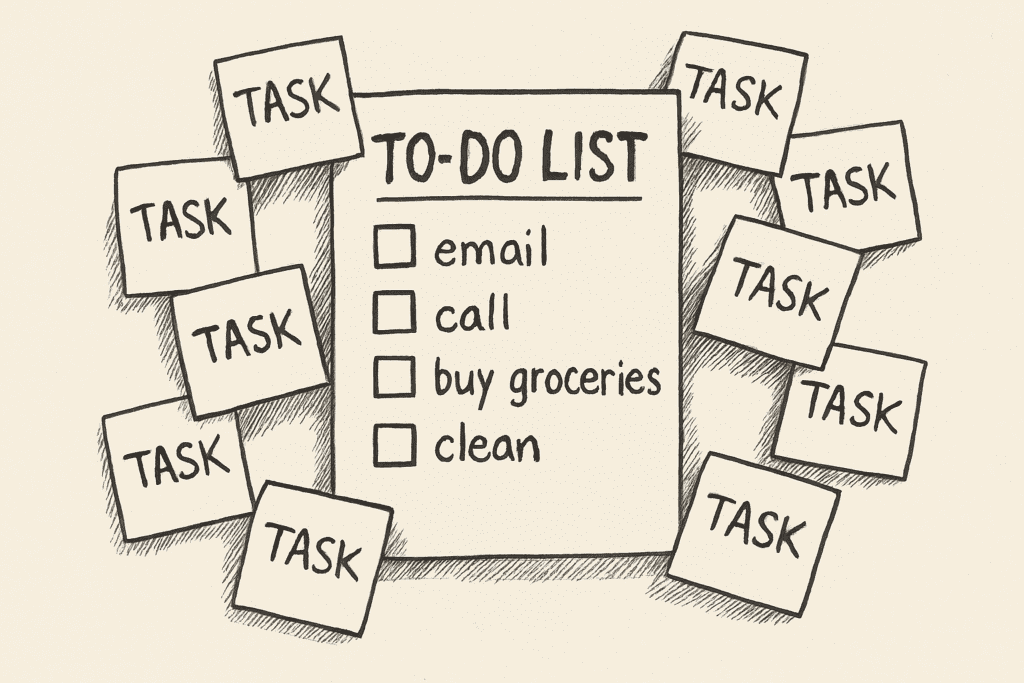
Table of Contents
Summary of “Getting Things Done”
“Getting Things Done” (GTD) is a philosophy about how to manage your life in a way that frees your mind from the clutter that often causes stress and procrastination. It’s a full system that transforms the way you think about tasks, stress, and time management. Allen’s approach centers around five essential steps:
- Capture: Collect every task, idea, project, and responsibility you need to handle. This means writing down every task, idea, or responsibility that occupies your mind, whether it’s a random thought or a big project at work. The goal is to externalize everything so your mind isn’t cluttered with “I need to remember this” thoughts.
- Clarify: Once you’ve captured everything, it’s time to decide whether the item is actionable. If yes, you move forward to the next steps, and if not, you either discard it or save it for later. For actionable tasks, Allen recommends determining if the task takes less than two minutes to complete. if it takes less than 2 minutes, do it immediately.
- Organize: You need to categorize your tasks so you can find them quickly and prioritize them easily. There’s a system for it that’ll make you feel like you have a better handle on everything.
- Reflect: Regularly review your tasks and projects to make sure everything is on track. This is where you assess if you’re really focusing on the right things or just staying busy. A weekly review is vital to keep everything running smoothly.
- Engage: Finally, take action. With everything organized and reviewed, you can start your tasks with a sense of purpose, knowing exactly what needs to be done.
How You Can Use the Lessons in Your Business and Personal Life
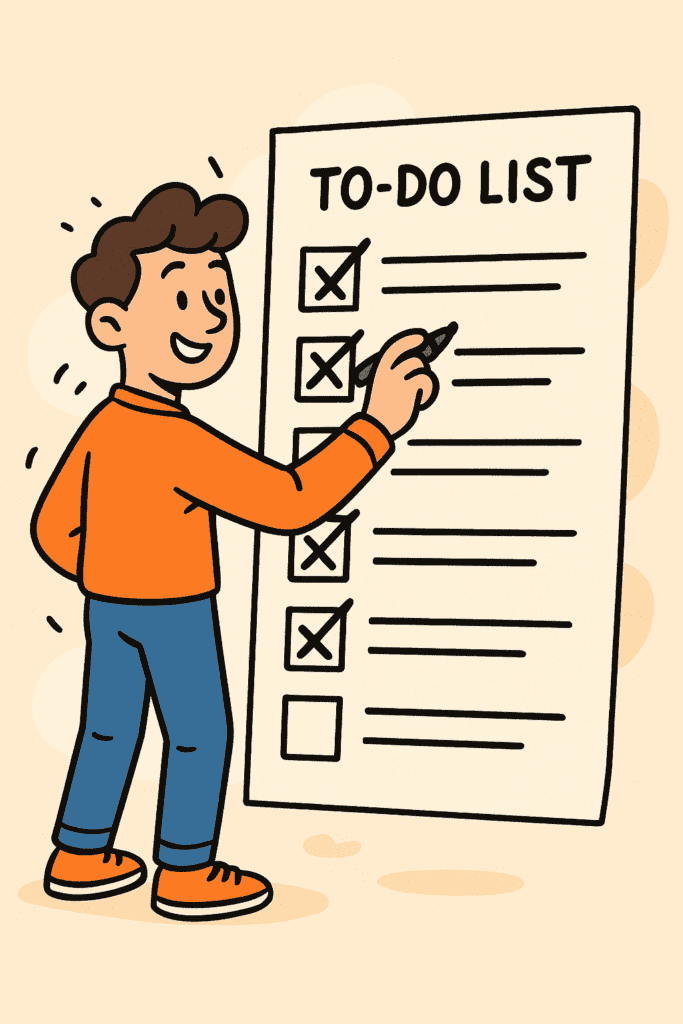
I’ve got to admit, when I first heard about GTD, I thought, “Do I really need another productivity system?” But after reading through it, I realized that it wasn’t just about checking things off a list. It brought mental clarity and efficiency. Here’s how I used the lessons in my life while juggling a side hustle, studying, and other responsibilities pulling me in different directions.
The first step I implemented was the Capture process. I started carrying around a notebook (now I use a task management app, but you can use whatever works) and jotting down every task, from replying to an email to brainstorming content ideas. This immediate offloading helped clear mental clutter and allowed me to focus on the tasks at hand.
Next, I applied the Process step. I looked at everything I had written down and asked, “Is this actionable?” If something was actionable, I decided right away if it could be completed in two minutes. If yes, I did it on the spot. If not, I categorized it based on priority and deadlines. This simple approach helped me tackle tasks quickly and efficiently instead of feeling overwhelmed by them.
One of the most useful aspects of GTD was the Organize phase. I created separate lists for my tasks based on deadlines, context, and urgency. For example, I had a list for urgent work tasks, another for personal errands, and one for things I could do when I had a bit of free time. By categorizing my tasks, I could instantly see where to focus my energy, making me more productive.
The Review step was crucial for me. I’ve made it a habit to spend 30 minutes every Sunday reviewing my week. I check all my lists, make sure I haven’t forgotten anything important, and adjust my priorities based on what’s coming up. This weekly reflection helps me avoid that dreaded “what did I miss?” feeling and ensures I’m on track to hit my goals.
Lastly, the Engage process is all about executing the tasks. I’ve learned to tackle tasks in batches based on their context. For example, I’ll handle all my phone calls at once and then focus on emails. By sticking to this routine, I avoid jumping from one task to another without finishing anything.
This method was good for me, and I can confidently say it’s transformed how I approach tasks. I no longer have that nagging feeling of constantly forgetting something or losing track of important responsibilities.
For you, the GTD system offers a roadmap to greater productivity, whether you’re balancing your business and personal life or just trying to get things done without feeling overwhelmed. By implementing the five steps you can stay organized, relieve stress, and actually make progress towards your goals. You can get the book here.
Conclusion
In conclusion, Getting Things Done by David Allen is perfect for anyone looking to be more organized and productive. Whether you’re just starting out with a side hustle or you’re managing a full-time business, GTD helps you focus on what truly matters by giving you the tools to capture and prioritize your tasks. By implementing just a few steps from this book, you’ll see a noticeable improvement in how you manage both your personal and professional life.
If you’re ready to stop feeling overwhelmed and start making real progress, Getting Things Done is the resource you need. Don’t wait for the chaos to get to you. Just take control.
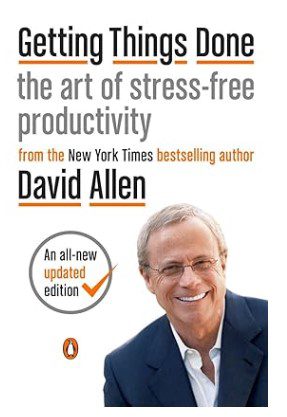
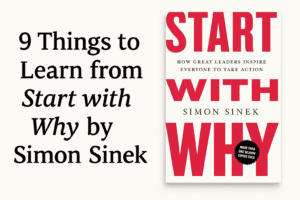

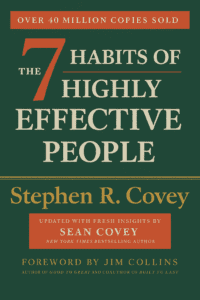
Pingback: 11 Must Read Lessons from Atomic Habits by James Clear